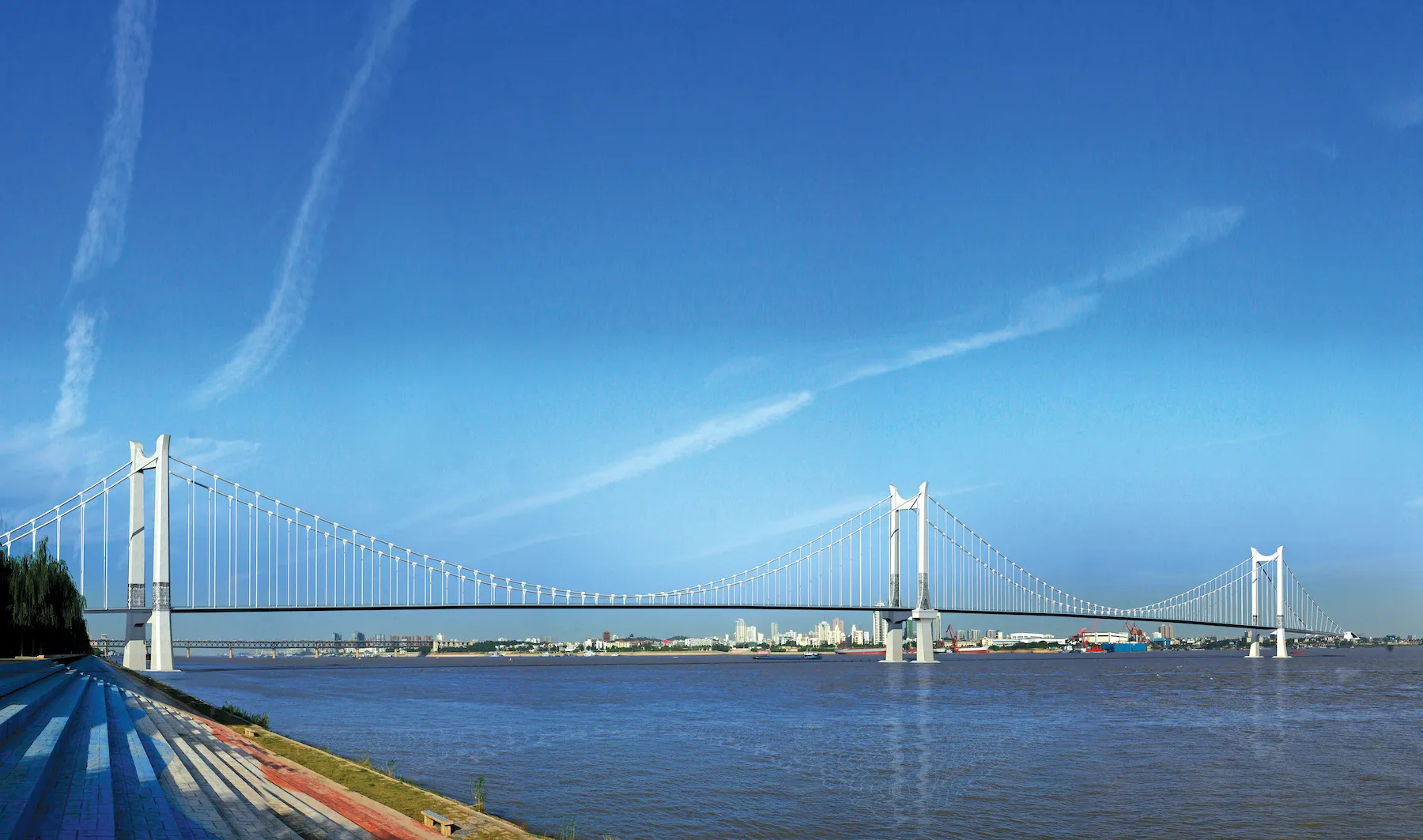Global congestion presents a serious barrier to economic growth. Some estimates suggest this costs the world economy close to US$1 trillion in lost revenue. However key economies including Europe, North America, Japan and China are amongst those preparing for green commuting. Some 16 of the key Automotive OEMs are working on more than 110 short distance vehicles, with approximately 50 models being already production ready. The remaining 60 are in concept stage, but expected to become production ready by 202
April 4, 2012
Read time: 2 mins
Global congestion presents a serious barrier to economic growth. Some estimates suggest this costs the world economy close to US$1 trillion in lost revenue. However key economies including Europe, North America, Japan and China are amongst those preparing for green commuting. Some 16 of the key Automotive OEMs are working on more than 110 short distance vehicles, with approximately 50 models being already production ready. The remaining 60 are in concept stage, but expected to become production ready by 2020. The emergence of such micro-mobility vehicles is expected to fight congestion, ease parking space identification and aid in faster commutes in crowded city centres. These will primarily be used for commutes of 1.5-25km, but may be used for longer journeys of up to 72km. Over 70% of these unconventional mobility models are expected to be electric.
Frost & Sullivan is holding a web conference, entitled The Rise of a Next-Generation Sustainable Mobility, taking place on Tuesday, 17th April 2012, at 3 pm GMT. This will introduce key participants in the global market for micro mobility solutions and the models they are planning with vehicle characteristics such as speed, driving range, vehicle homologation and seating arrangements. It will also present insights into why global key OEMs have already invested more than $300 million in this market, as well as drivers and restraints related to current market dynamics.
Automotive OEMs will have to prepare for intense competition in an emerging segment while planning to offer an integrated mobility beyond cars. China is seen as a major market for such vehicles given its fast growing economy. It features many congested cities with narrow roads and a growing difficulty for parking.
Frost & Sullivan is holding a web conference, entitled The Rise of a Next-Generation Sustainable Mobility, taking place on Tuesday, 17th April 2012, at 3 pm GMT. This will introduce key participants in the global market for micro mobility solutions and the models they are planning with vehicle characteristics such as speed, driving range, vehicle homologation and seating arrangements. It will also present insights into why global key OEMs have already invested more than $300 million in this market, as well as drivers and restraints related to current market dynamics.
Automotive OEMs will have to prepare for intense competition in an emerging segment while planning to offer an integrated mobility beyond cars. China is seen as a major market for such vehicles given its fast growing economy. It features many congested cities with narrow roads and a growing difficulty for parking.








